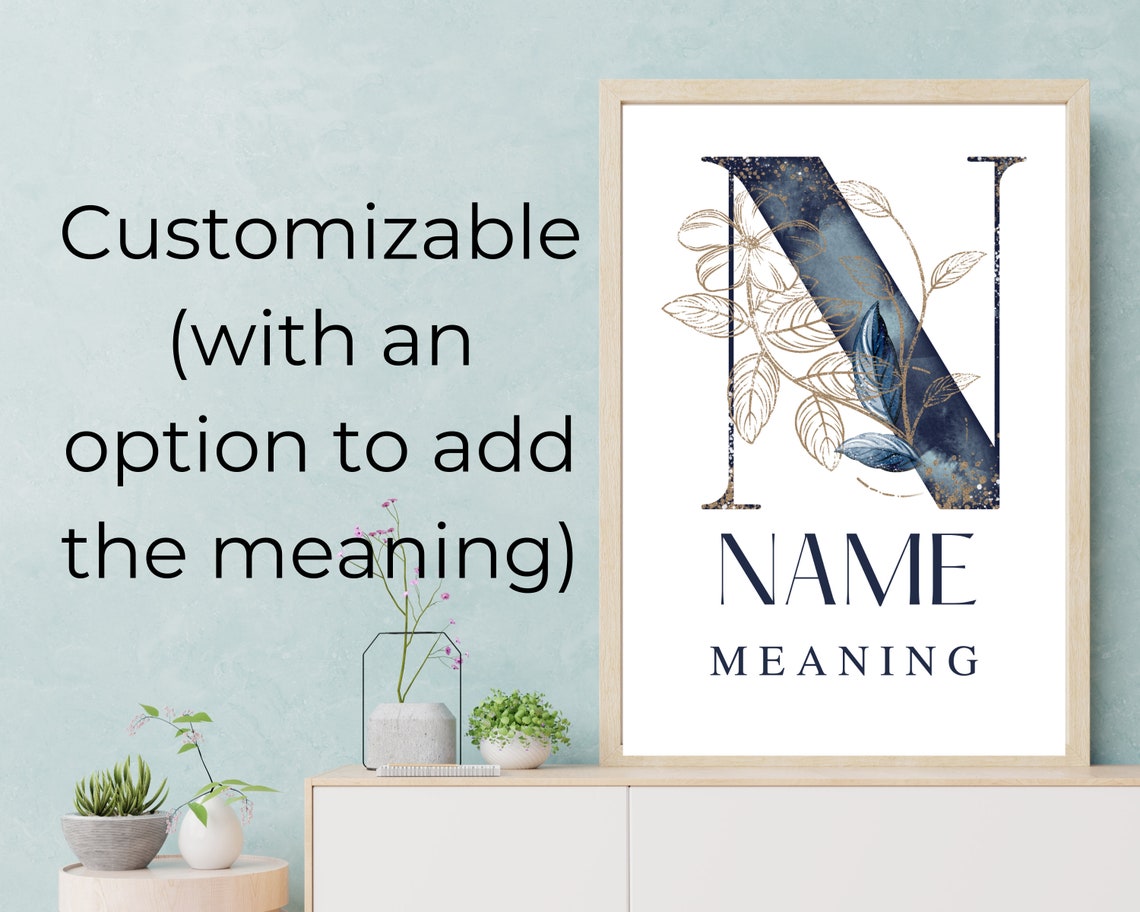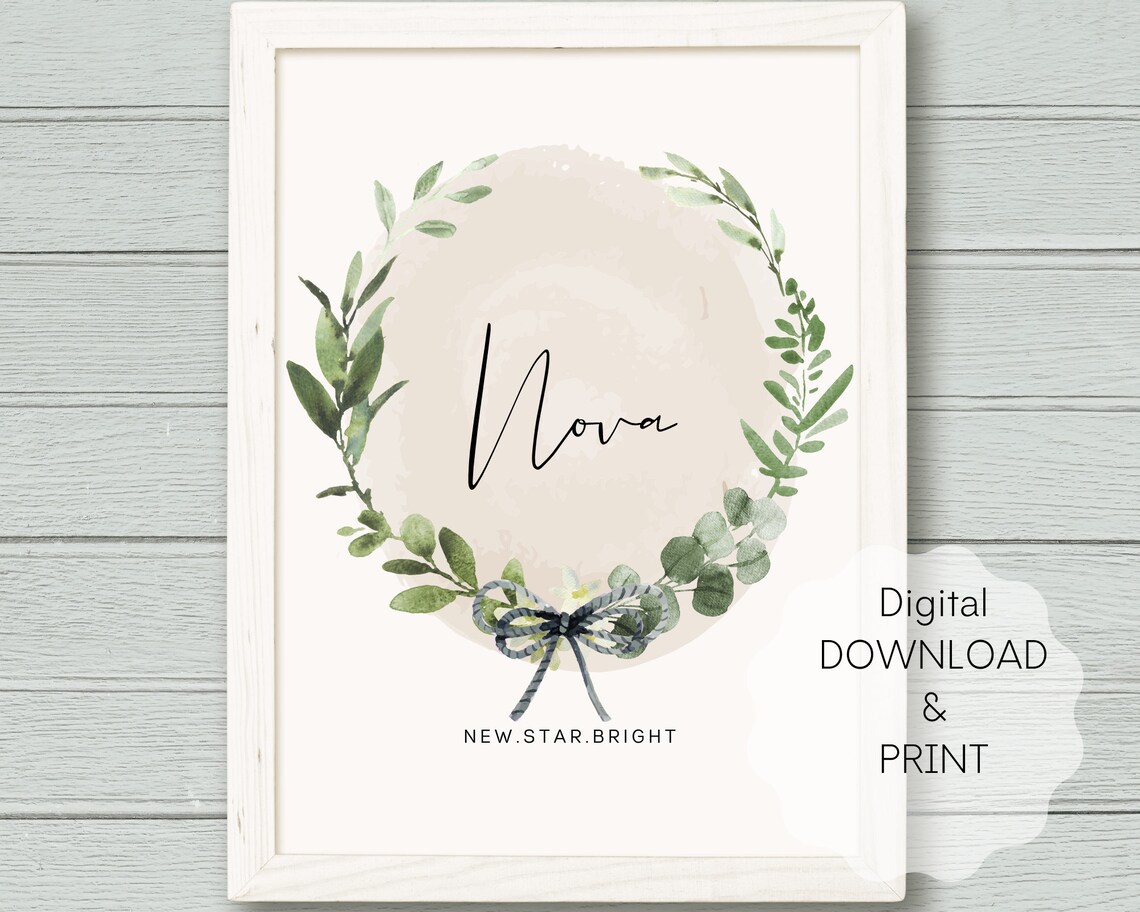


(Like gravlax, which is cured in sugar and salt, there’s no smoking involved.) It’s the version of preserved salmon people ate before refrigeration was widely available salmon from the Pacific was hauled across the country in gigantic salt baths, and fed to the Jewish immigrants of New York before a morning at shul or a long day of work. Lox - or “ belly lox,” which is the actual name for it - is salmon that has been cured in salt. Hot-smoked salmon has a completely different texture - meaty and flaky, like cooked salmon.” Cured salmon has a similar texture, but without any smoke flavor. According to Niki, “cold-smoked salmon is the stuff that can be sliced so thin you can read the Times through it. Smoking is a process in which a food is exposed to, well, smoke - with a “cold-smoke” for salmon happening below 85☏, and a “hot-smoke” for salmon happening above it. Curing is a process in which a food is preserved in salt (and sometimes additional flavorings/aromatics). There are two major cooking processes in play when discussing the salmons of the appetizing counter: curing and smoking. Luckily, Niki Russ Federman, the fourth-generation owner of Russ and Daughters, is here to talk us through it.

That “bagel and lox” you eat on Sunday mornings… might not be a bagel and lox. But even being a New York Jew does not make you pre-programmed to know the differences between lox, Nova, and smoked salmon. You probably know a Jew or two - you might even be a Jew yourself. My dear readers, this might be one of those times - buckle up. Sometimes, some things are such a part of the fabric of our lives and our history and our surroundings that our sense of rightness about a certain topic feels almost innate.
#Nova meaning va full#
Eater will be publishing all editions that parse food-related differences, though those hardly scratch the surface of the world’s (and the newsletter’s) curiosities: Sign up to get What’s the Difference? in your inbox or catch up on the full archive. It is among the top 100 names in The Netherlands and Sweden and among the top 200 names in Norway in recent years and is also increasing in use in the United Kingdom.This post originally appeared in an edition of What’s the Difference?, a weekly newsletter for the curious and confused by New York City writer Brette Warshaw. It has also increased in usage for girls in European countries in recent years.

Nova was among the five most popular names for Black newborn girls in the American state of Virginia in 2022. Elaborations of the name such as Novalee, Novalynn, and Novarae, all with many spelling variants, are also well used for American girls. Novah, a variant spelling, has ranked among the top 1,000 names given to girls recently as well. It first ranked among the top 1,000 names for newborn girls in the United States in 2011 and has been among the top 50 most used names for newborn American girls since 2017. In the United States, the name has been in use since the 1800s. It is in regular use for both males and females. Nova is a given name of Latin origin meaning "new". Noova, Novah, Novalee, Novaleigh, Novalynn



 0 kommentar(er)
0 kommentar(er)
